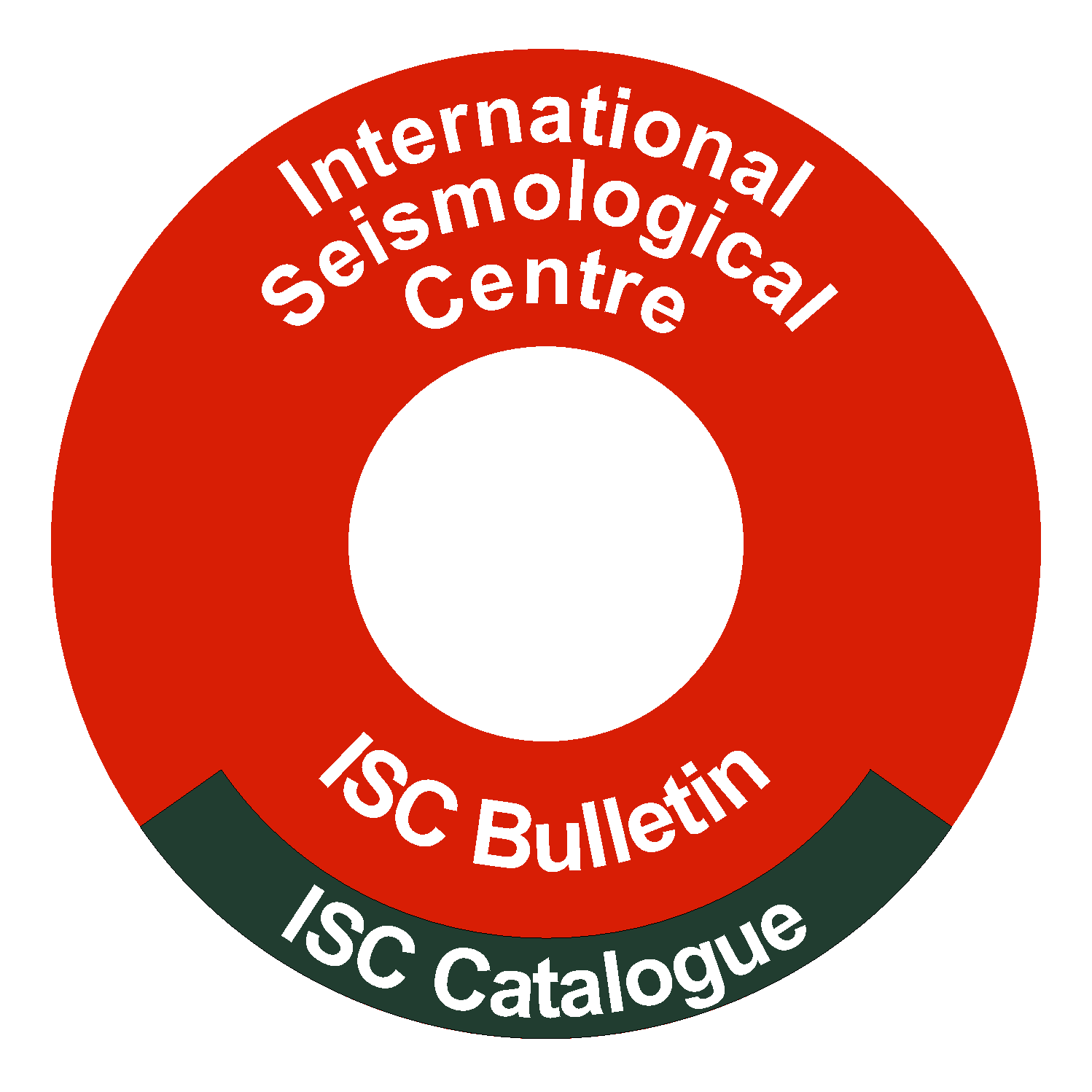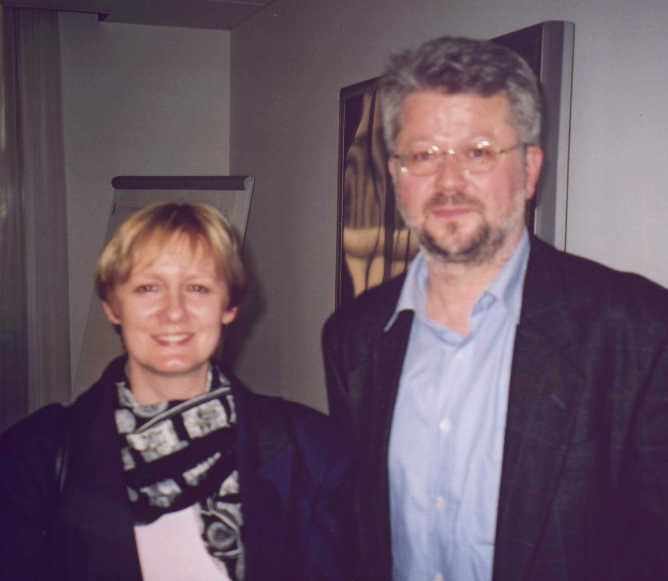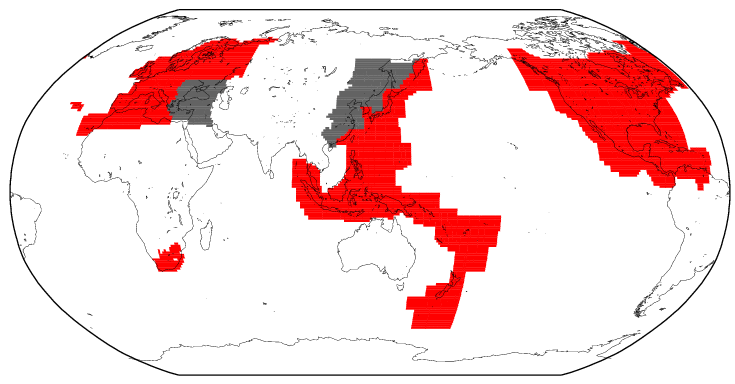Survey Suggest Directions for Development
The ISC conducted a survey of users last
year, looking to find which services benefit most seismologists.
The ISC accepted completed survey forms from anybody who
responded. While each respondent indicated that they use ISC
data regularly, selection bias is difficult to quantify in this
sort of survey.
The most common uses of ISC data among
respondents are seismic hazard analysis (45% of respondents),
seismotectonics (41%) and arrival-time tomography (31%). The
total exceeds 100% because multiple selections were allowed.
Half of all respondents report using ISC data monthly, usually
from the web site (55%) or CD (35%).
Two-thirds of respondents use ISC epicentres
and magnitudes, while arrival times, epicentres and magnitudes
reported by other agencies are each used by about half of all
respondents, and macroseismic reports by about 40%. One-quarter
of respondents reported using ISC data to select waveforms for
further study.
Given that phase data are printed for only
some earthquakes, 73% favoured the present policy of including
them for large earthquakes, and most said that this was the most
important criterion.
Only 39% of respondents felt that a monthly
version of the annual CD could satisfy needs now met by the
printed Bulletin. Respondents were not enthusiastic about a
printed summary to accompany a monthly CD, but 63% of them said
that a CD with a graphical interface for selecting events and
making maps might be useful in place of the printed Bulletin.
Of respondents seeking a graphical interface, 68% indicated that
Microsoft Windows was their preferred platform, while 19%
preferred X-windows and 6% Macintosh.
The predominance of ISC epicentres and
magnitudes among data used shows that high quality analysis
remains the ISC's key strength. But use of the Bulletin for
selecting waveforms and the demand for a more capable CD show
the importance of continuing to develop user services.
|



